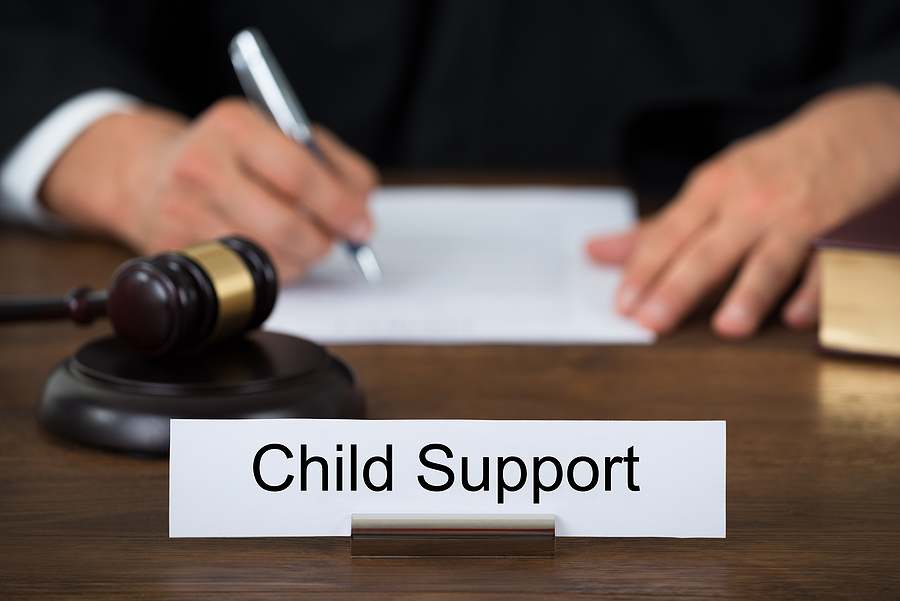Many families are no longer limited to the traditional nuclear family structure. Blended families, also known as stepfamilies, consist of a mix of biological and stepfamily members brought together through remarriage or new relationships after a divorce. This family dynamic introduces a unique set of challenges and opportunities.
One of the defining characteristics of a blended family is the presence of stepparents and stepchildren. Balancing roles and relationships within the family unit can lead to conflicts, misunderstandings, and adjustments as everyone adapts to their new roles.
To make a blended family work harmoniously, communication, flexibility, and mutual respect are key. Setting household rules and boundaries that are fair and consistent for all family members can help establish a sense of unity and structure within the new family.
Navigating Stepfamily Relationships
Building a strong rapport with stepchildren is essential for fostering trust and connection in the stepfamily. Remember that it may take time for children to adjust to a stepparent’s presence and authority. Patience, active listening, and genuine care can help build a positive relationship over time.
Conflicts are inevitable in any family setting, and stepfamilies are no exception. When conflicts arise, it’s important to address them calmly and constructively. Encourage open dialogue, validate feelings, and work together to find solutions that benefit everyone involved.
Transitioning after Remarriage
Introducing a new partner to your children after a divorce or the loss of a spouse can be a sensitive process. Take your time to prepare your children for this change and allow them to express their thoughts and feelings openly. Seeking guidance from a family therapist or counselor can provide valuable support during this transition.
Establishing family rules and expectations early on can help create a sense of stability and security for children in a blended family. Collaborate with your new spouse to define rules that reflect your family values and promote respect and cooperation among all family members.
Blending Parenting Styles After Divorce
Combining different parenting approaches in a blended family requires patience and understanding. Respect each other’s parenting styles and be willing to compromise when needed to support your children’s well-being and development. Consistency and teamwork between parents can help create a nurturing environment for all children involved.
Co-parenting with ex-spouses in a blended family may present additional challenges, but maintaining open communication and a focus on the children’s best interests is crucial. Prioritize the needs of the children and work collaboratively to navigate shared responsibilities and decision-making.
Contact a California Divorce Lawyer Today
When it comes to navigating the complex legal issues surrounding blended families after divorce, it is important to seek guidance from a knowledgeable and experienced professional. The Law Offices of Bradley D. Bayan specializes in family law and can provide valuable insights and support as you transition into a new blended family. Schedule a consultation with the Law Offices of Bradley D. Bayan by calling (650) 364-3600 or using our online form.










